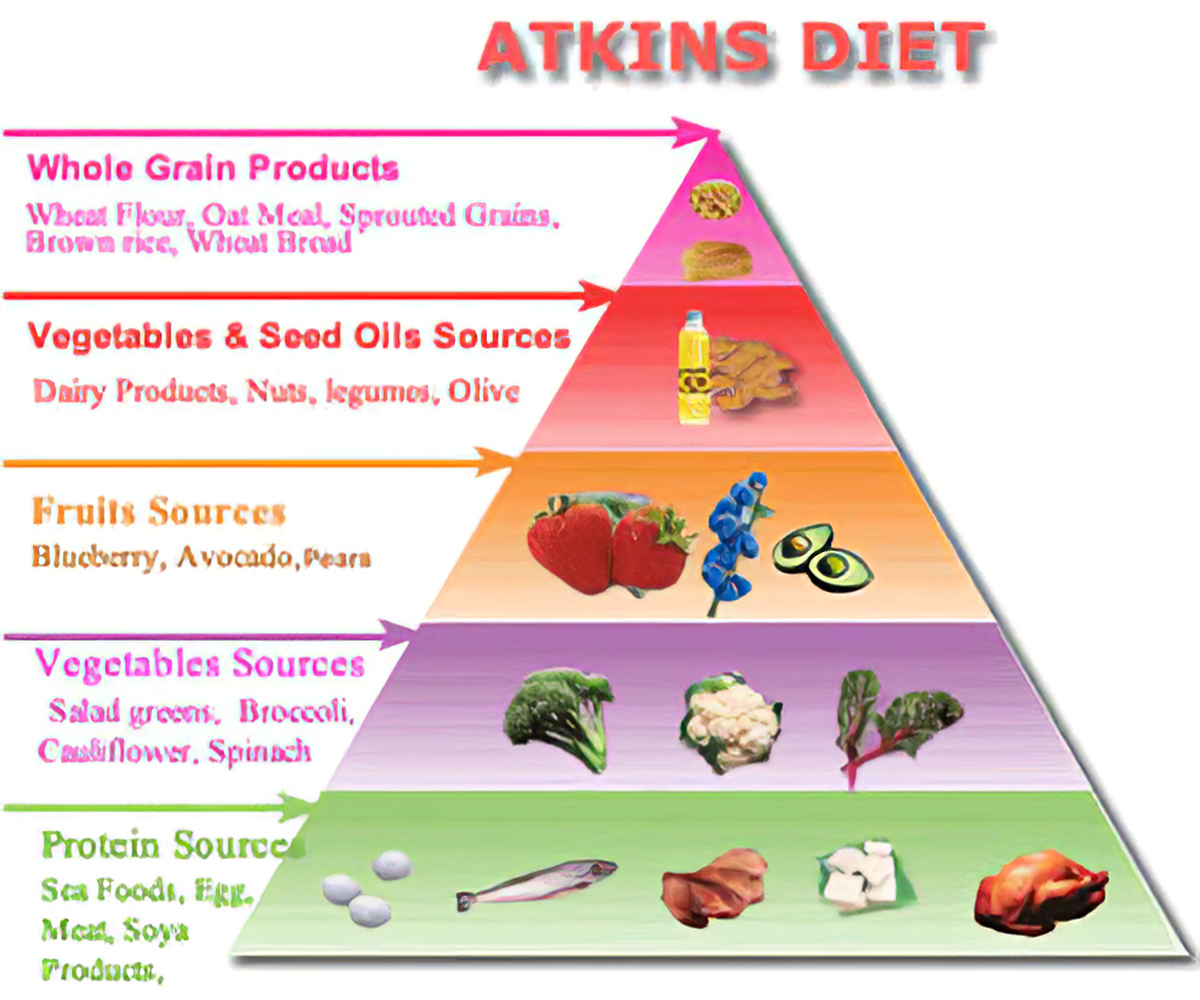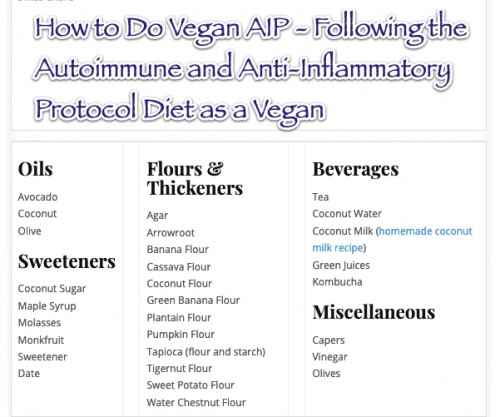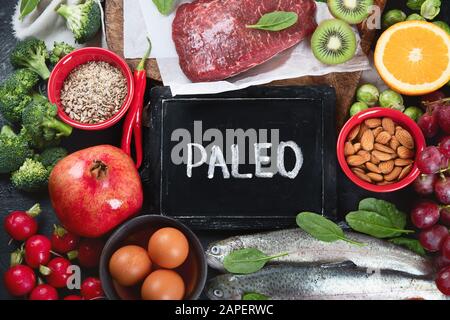
A new study that looked at the effects of a paleo diet on heart disease risk suggests that there may be a reason why grains are so few in the diet. Participants consumed mostly non-starchy veggies and averaged 28g of fiber per daily. Their total carbohydrate intake was ninety grams per day. The lack of carbohydrates was a contributing factor to their risk. They would not have had access grains to provide them with carbohydrate intake. Instead, they recommended eating starchy vegetables and tubers to increase their carbohydrate intake as well as their resistance-starch levels.
Low-carb Paleo diet
Many myths persist about the low-carb Paleo diet, including the fact that it doesn't work for everyone. Many of these myths come from old nutrition myths and diet beliefs that still exist in many doctors’ offices. Low-carb diets have been proven effective in weight loss. However, not everyone will benefit from them. Before beginning the Paleo lifestyle, it is important you read all about it.
People on a paleo diet are more at risk of calcium and vitamin D deficiencies. These essential nutrients are crucial for bone health. Consuming too much saturated fats and protein can increase your risk of developing heart disease, cancer, and kidney disease. Paleo may offer some benefits to those at high risk for developing cardiovascular disease. If this is true, low-carb Paleo diet may be the best option for you.

The benefits of a low-carb Paleo diet go beyond just reducing inflammation. Low-carb diets can reduce blood sugar spikes and increase insulin sensitivity. They can also improve gut health and prevent inflammation. The Low-carb Paleo study will provide more details. And remember, you don't have to be on a Paleo diet to lose weight.
According to Dr. Oz's study, carbs should account for 45-65 percent of your daily caloric intake. This means that you will only get 900-1300 calories of carbs per day if your daily intake is 2,000 calories. That is, you will be eating between 225 - 325 grams per day of carbs, which equals about 225 - 300 calories. A low-carb diet can, however, have very little carbohydrate content.
Compared to a ketogenic diet, a paleo diet is more flexible. Paleo encourages eating more fruit, vegetables, lean proteins, rather than restricting carbs. If you know what your eating habits are, it's easier to keep to a Paleo-low-carb diet. You'll be less likely get frustrated by your diet and your body. There's less stress to worry about what you're eating, and you'll lose weight more easily.
High-protein Paleo diet
Paleo-followers often have questions about high-protein diets. It's important to know the limits before attempting this diet. The upper limit of protein intake is approximately 30% of total calories. However, it's important to note that this is a maximum, not an absolute limit. High-protein diets still require carbohydrate and fat. The higher the protein intake, the more likely it is that you'll gain weight.

The body can absorb proteins from meat and dairy easily because they are bioavailable. Animal proteins are easier to absorb than plant-based. Beef protein, especially, is better absorbed as it has already been predigested. The cows that produce beef protein in Sweden are hormone-free and antibiotic-free. It's also easier for people to digest and absorb hydrolyzed meat protein.
Cost is one reason people have difficulty sticking to a study plan. It is more expensive to eat protein than carbs and fat. It is often difficult to adhere to a diet due the social factors such as being uncomfortable in public places or not wanting to make a good impression. There are many ways to cut costs on the Paleo diet. You can also eat out if you feel the need. There are many options to help you manage your cravings and keep you motivated. There are several ways you can stay on track, without feeling guilty. You can find more information about these topics on the index page.
Many health benefits can be attributed to the paleo diet's high-protein and low-carbohydrate components. While lower carbohydrate and sugar levels in the paleo diet might increase insulin sensitivity, and improve glycemic control overall, they are not statistically significant. In studies that evaluated blood pressure, statistically significant changes in diastolic bloodpressure were also observed among paleo diet participants. The studies covered a period from 10 to 12 months and were done with nine to 29, respectively.
FAQ
What are some basic cooking skills?
Basic cooking skills include knowing how to read recipes, measure ingredients, cook food safely, and clean up after yourself. These are the essential skills you will need to be able cook for yourself. You can also save money by cooking at home.
What does it take to become a chef in the United States? What's the average career path for a chef?
Becoming a chef takes approximately five years. During this time, you will study basic cooking techniques and gain experience working as a kitchen assistant. After your training is complete, you will be eligible to apply for a job as a sous chef, executive chef, or line cook. A chef can earn between $25,000 and $60,000 annually.
How long does it take to learn to cook? How long do I need to learn to cook?
It all depends on what level of skill you have. Some people can pick up basic cooking techniques within a day or two. Others might take months or years before they feel confident enough to teach themselves how to cook.
The person who is learning to cook can vary in the amount of time they need. A person who has never cooked before will likely need more time to learn than someone who is a regular cook. Certain types of cooking require more skill than others. Baking, for instance, requires more skill than frying.
A specific technique will help you cook faster. Once you've mastered that technique, move on to another one. It doesn't matter how long it takes to master a particular technique. Enjoy the process and keep practicing.
How Can I Get Hired As a Cook?
Through word-of-mouth, you can find a job to be a chef. Friends and family might know of a restaurant in need of additional staff. There are often openings posted on websites and bulletin boards.
What is the cost of a culinary school?
Culinary school costs vary depending on where you go, how long you study, and what program you choose. The annual tuition average is between $10,000 and $30,000 Most students graduate with about $20,000 in debt. There are some programs that offer grants and scholarships as well as work-study options.
How do I get motivated to cook?
It's fun to cook for your friends and family. However, cooking for yourself is much easier than cooking for others. You can be inspired to cook if you try something new. This will help you learn about new techniques and ingredients. Additionally, you can learn about new ingredients and techniques by incorporating recipes from different cultures into your cooking.
Statistics
- The median pay for a chef or head cook is $53,380 per year or $25.66/hour, according to the U.S. Bureau of Labor Statistics (BLS). (learnhowtobecome.org)
- On average, chefs earn $58,740 a year, according to the BLS. - learnhowtobecome.org
- In the United States, the category is estimated at $23.2 billion annually and is growing faster than the market. (washingtonpost.com)
External Links
How To
How to cook with Air Fryer
An air fryer is a cooking appliance used to fry foods without oil or grease. It steams food using hot air, making it healthier that deep frying. An air fryer differs from traditional ovens in that it doesn't use heat below 400°F (204 Celsius). This means that you don't have any risk of cooking your food as there is no direct heat contact with the flame. It doesn't require oil so it is healthy and green. However, some say it has too much fat.
The first version of an air fryer was invented in Japan around 1970. In 1980, the first one was sold in America. Many companies have continued to develop new models of oven fryers over the years. Today, there are different types of air fryers available in the market, such as convection, induction, infrared, etc. Many of them have timers, temperature controls and automatic shut-off. They are made mostly of stainless steel and aluminum. Many models come with a built in grill so that you can grill meats and vegetables at home. These appliances can be purchased online or at stores such as Target, Walmart and Costco.
Air fryers can be a great option for busy families looking to cook quick meals. These fryers can be used to make fried chicken and french fries, as well as onion rings, pizza, popcorn, and waffles. They can also be used for baking cookies or cakes. And if you're looking for something delicious to eat while watching TV or relaxing after work, you should try some of their recipes.
Cooking with an air fryer can make the perfect meal. Before you start cooking, first heat the machine. You then place the food into the basket. Close the lid. You will need to wait until the machine reaches the correct temperature. After that, turn it on and let it cook for the desired time. If you want crispy food, you shouldn't open the lid during the cooking process. If you are cooking greasy foods, you may lift the lid. When done, remove the food from the basket and serve immediately.
There are many recipes for air fryers on the internet. You will need to know which ingredients work together when you make one. For those who want to learn how to use an electric cooker, here are some tips.
-
Salt should not be added to food. It will make it taste bland.
-
Keep all the food items separate before placing them into the basket.
-
Be sure to keep food from getting into the basket.
-
Use a spatula to flip food over.
-
Don't forget to clean the basket regularly.
-
When lifting the lid, be careful